
Copernical Team
Constellation of Starlink satellites grows with latest SpaceX launch from Florida
 SpaceX launched a cluster of 23 satellites into low-Earth orbit Thursday, the 334th launch of the company's Starlink Internet satellites and the 268th time a reusable booster rocket has been used.
The launch from Cape Canaveral Space Force Station in Florida occurred at 6:40 p.m. EDT.
The booster used in Thursday's launch settled on the drone A Shortfall of Gravitas in the Atlantic Ocean
SpaceX launched a cluster of 23 satellites into low-Earth orbit Thursday, the 334th launch of the company's Starlink Internet satellites and the 268th time a reusable booster rocket has been used.
The launch from Cape Canaveral Space Force Station in Florida occurred at 6:40 p.m. EDT.
The booster used in Thursday's launch settled on the drone A Shortfall of Gravitas in the Atlantic Ocean Watch live: ESA astronaut class of 2022 graduation ceremony
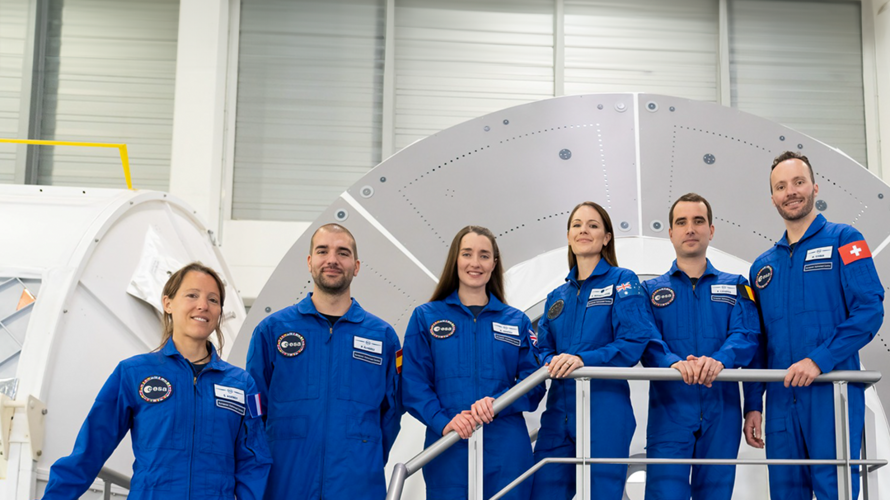
Earth from Space: The Mekong Delta
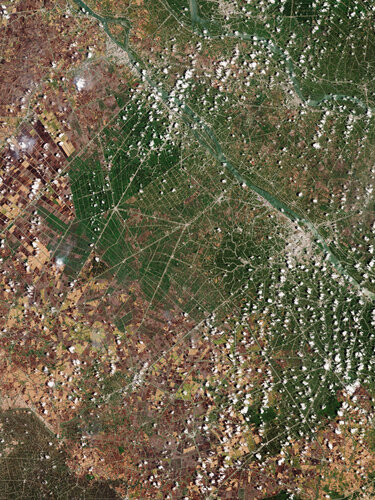 Image:
Earth from Space: The Mekong Delta
Image:
Earth from Space: The Mekong Delta Rare sighting of ‘doomed’ SOHO comet during solar eclipse
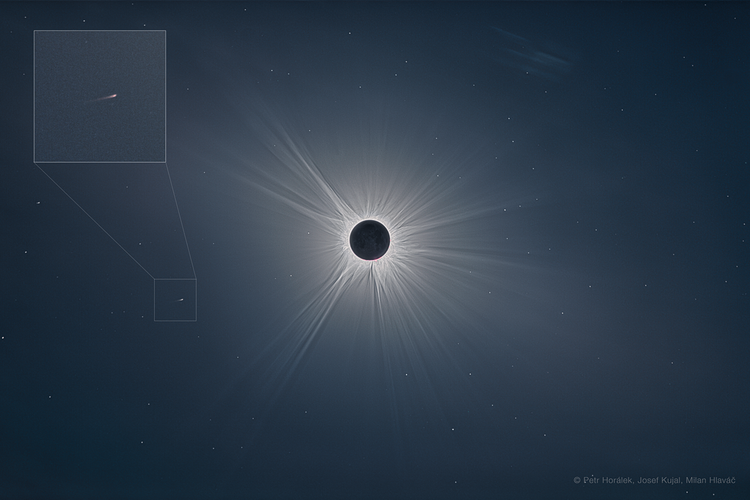 Image:
Photo of total solar eclipse
Image:
Photo of total solar eclipse Researchers quantify the ideal in situ construction method for lunar habitats
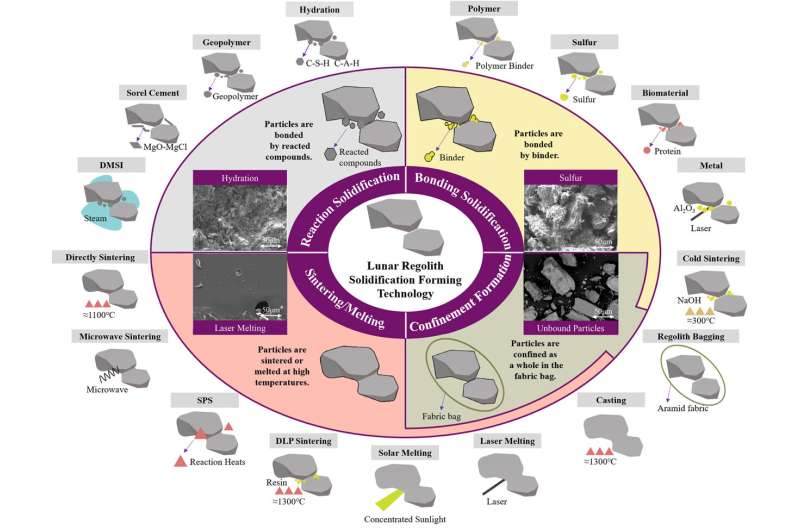
As the lunar exploration mission evolves from exploration to construction and utilization, in situ lunar construction becomes an imperative requirement. The key is regolith solidification and formation, aiming to maximize local resource utilization while minimizing transportation and maintenance costs.
Nearly 20 techniques have been employed for preparing regolith-based construction materials, each with distinct requirements and capabilities. Professor Feng from Tsinghua University has conducted a comprehensive review, precise classification, and quantitative evaluation of regolith solidification and formation techniques, shedding light on key challenges and future development directions.
SpaceX tallies 1st of two launches over two days from Space Coast
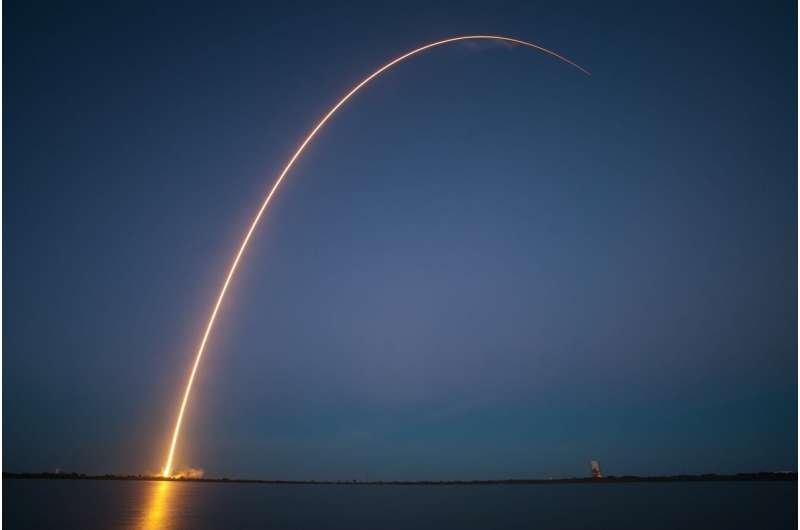
SpaceX launched Wednesday evening the first of a pair of Space Coast rockets in two days, both carrying batches of the company's Starlink satellites.
A Falcon 9 rocket carrying 23 of the internet satellites for SpaceX's growing constellation lifted off at 5:26 p.m. Eastern time from Kennedy Space Center's Launch Pad 39-A amid clear blue skies.
This is the 12th flight of the first-stage booster that will aim for a recovery landing downrange in the Atlantic on the droneship Just Read the Instructions.
This was the 28th launch from the Space Coast in 2024, with launch No. 29 targeting Thursday evening from neighboring Cape Canaveral Space Force Station.
Another Falcon 9 carrying more Starlink satellites is aiming for liftoff during four-hour window from 6:40 p.m. to 10:40 p.m. at Canaveral's Space Launch Complex 40 with a backup window Friday from 6:14 p.m. to 10:14 p.m.
Space Launch Delta 45's weather squadron forecasts a 90% chance for good conditions for that launch.
These will be the 157th and 158th overall Starlink launches since the first operational deployment of the internet satellites in 2019.
The Lyrid meteor shower peaks this weekend, but it may be hard to see it

Earth Observation Excellence Award 2024 winner

Celebrating the outstanding efforts of scientists and researchers who have advanced the innovative application of Earth observation data, ESA proudly announces the recipient of this year's esteemed Excellence Award. Dr Iestyn Woolway, from Bangor University in the UK, wins the 2024 Earth Observation Excellence Award.
Dubai floods seen from space
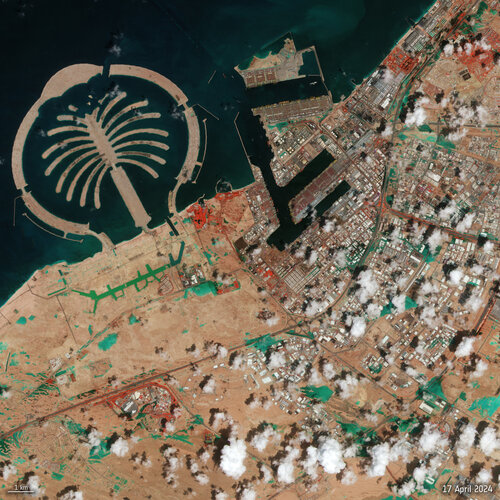 Image:
Dubai floods seen from space
Image:
Dubai floods seen from space Hubble goes hunting for small main-belt asteroids
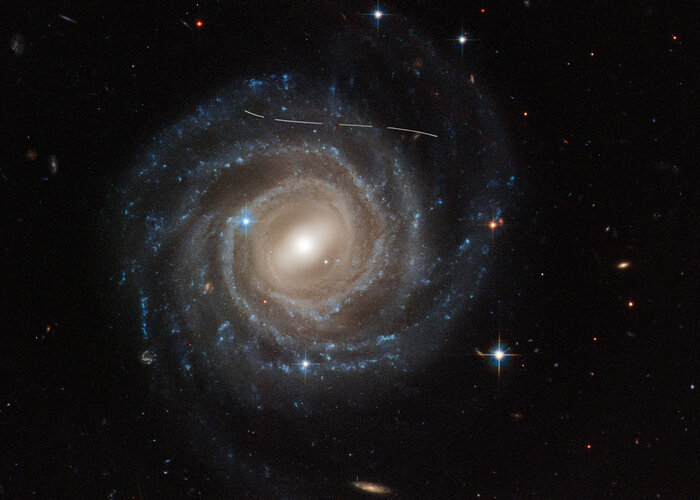
Astronomers recently used a trove of archived images taken by the NASA/ESA Hubble Space Telescope to visually snag a largely unseen population of smaller asteroids in their tracks. The treasure hunt required pursuing 37 000 Hubble images spanning 19 years. The payoff was finding 1701 asteroid trails, with 1031 of those asteroids uncatalogued. About 400 of these uncatalogued asteroids are about below a km in size.
